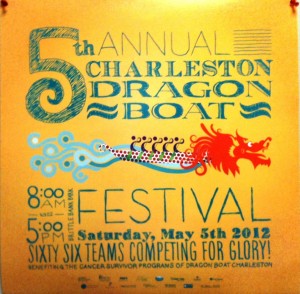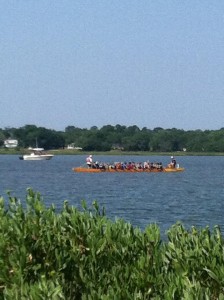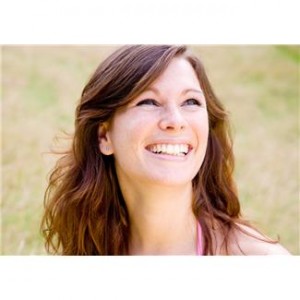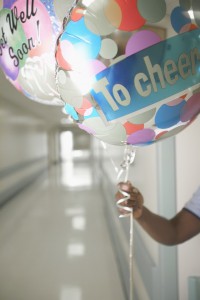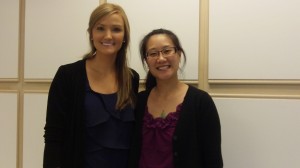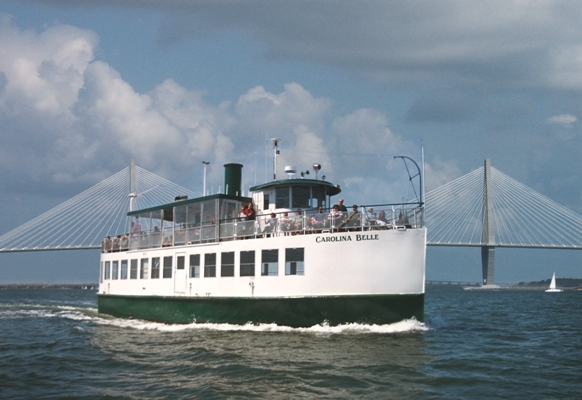 Charleston is our favoite place to be during the summer months, with its great beaches and waterways helping to temper the heat. If you’re looking to experience our beautiful city from another vantage point, consider taking a cruise around the Charleston Harbor. You will truly get a feel for life in this city by the sea. While you’re out there, you might even encounter some dolphins playing in your wake!
Charleston is our favoite place to be during the summer months, with its great beaches and waterways helping to temper the heat. If you’re looking to experience our beautiful city from another vantage point, consider taking a cruise around the Charleston Harbor. You will truly get a feel for life in this city by the sea. While you’re out there, you might even encounter some dolphins playing in your wake!
Charleston Harbor Tours
Step aboard the “Carolina Belle” and immerse yourself in the history of maritime life with Charleston Harbor Tours! This 90-minute tour comes with a well-educated tour guide who will point out some of Charleston’s most historic landmarks and tell the fascinating stories behind them. You can also purchase a carriage or plantation tour package when booking a harbor tour.
Spirit Line Cruises
Tour Ft. Sumter, have dinner, and sail around the harbor with the same cruise company! Spirit Line Cruises offers private charters, three-hour dinner cruises, and even wedding receptions. This company offers something for the history buff and socialite alike.
Charleston Dolphin and Eco Tours
Looking for something a little less historical? Grab your family and see Charleston’s watery wildlife up close and personal! Charleston Dolphin and Eco Tours offers fun for the whole family, with nature-oriented tours and harbor cruises. Choose the perfect excursion for your family, and enjoy the ride!
About Charleston:
The Charleston area is home to wonderful resources for our patients and their families. If you are traveling here for surgery, rest assured that we have world-class medical and post-operative facilities. Patients of the Center for Natural Breast Reconstruction are cared for at the East Cooper Medical Center, a state-of-the-art regional hospital, located very near to our offices.
The region is also filled with hotels, villas and homes available for short- or long-term rental.
Charleston is routinely ranked one of the nation’s most beloved destinations. And we’ve also been voted most polite so often, that we’ve politely pulled out of the competition. Charleston enjoys a temperate climate, a vibrant historic district, wide beaches, majestic homes and a friendly ambiance. No matter the season, there are plenty of things to see and do here.
You can get more information about Charleston and its’ harbor tours and cruises at the Charleston Area Convention and Visitor’s Bureau.


